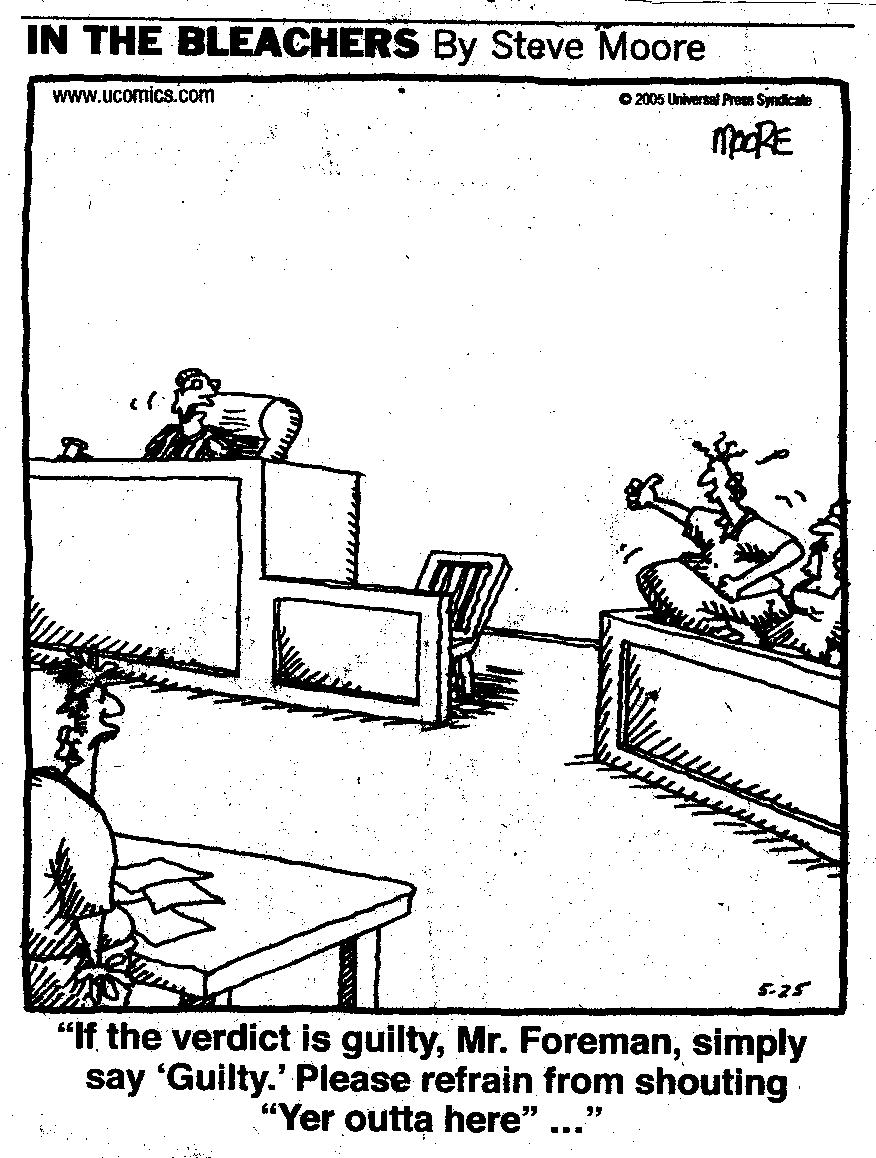Excerpts from Referee Magazine article, 2012
In the old days, style and flair in officiating was easy to recognize. It was prevalent in a lot of games. Today, most assigners want officials to use “by-the-book” signals and mechanics. While personality has been shoved to the background, is there still some room for it? Is there room for some individualism?
For many years, assigners and supervisors encouraged (or at least didn’t discourage) individuality for precisely that reason; decisive signals or a loud voice helped sell a call and gave the impression to coaches and players that the official was sure of him or herself. Bottom line: If you got the call right, what you looked like doing it was secondary in many locales.
But that mind-set has changed. Over the last three decades there has been an increasing emphasis on doing things “by the book.” In today’s world most assigners, evaluators, coordinators and assessors prefer that their officials stick to the prescribed signals and mechanics. Conformity is a virtue. Over time, mechanics and other officiating practices became universal. Along the way individualism was deemphasized. The philosophy was that a team should expect the same things from crews.
But has the pendulum shifted too far?
Do the umpires’ signals look like we are “working on cruise control?” Can they be accurately described as “robotic?.” Should we allow our individualism to be completely stifled? Perhaps we should allow a bit more of our personalities to show. We all have distinctive on-field mannerisms and there should be a small outlet for individual personalities while still adhering to conference or assigner’s policies and procedures.
So, what does all that mean for those of us working at different levels? In short, the people who assign and evaluate officials are usually more comfortable with someone who fits in than someone who stands out. But they do not want to end up with umpires who are clones of one another in terms of personality or style. An umpire should have a distinct style and still stick to their association’s prescribed procedures.

Some Style is a Good Thing
Donna Vavrinec, former SUP Umpire Coordinator, said in an interview that within the guidelines there’s room for some individuality. “There is some leeway in making say a third-strike call,” Vavrinec says. “There are different ways you can put your own style on your game. It’s not like everyone must do the same kind of hammer. There is some leeway within the guidelines.”
So, if there is leeway for style in officiating, what are the limits of style? A good answer to that question might be
- Individual style that aids in game administration can be beneficial in the right circumstances.
- Style that detracts from efficient game administration or is irritating to coaches, players (and partners) is a problem or potential problem.
Coaches expect officials to take the game as seriously as they do. Being overly flashy or showy on the field can easily create the wrong impression. College softball game are serious business. You must be careful about taking away from the game. Consider this: style only matters if you can get the plays right; if you don’t all the style and individualism is not worth the effort.
